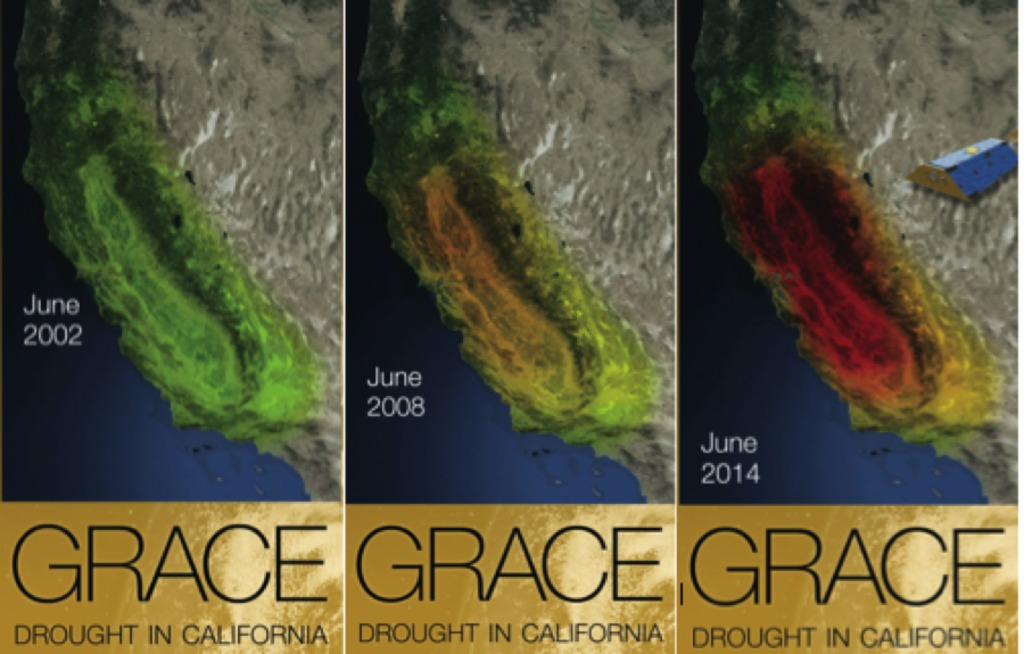Educator Webinar: Mapping Earth's Water Cycle with NASA Scientists (Recorded)

Example flood image.
Scientists from two NASA Earth science missions will address how their synergistic research helps us to understand Earth’s water cycle, including extreme events such as floods. This presentation will use an online concept map tool for exploring the water cycle. Unlike traditional slide-based presentations, these dynamic maps act as a resource that can be explored with an audience, instead of a one-way, linear presentation. The concept maps presented are loaded with educational assets – including images, videos, news items – that webinar participants can use in their own educational practices, presentations or for their own learning. The concept maps and other materials presented are freely available online, and instructions will be provided to give participants access to the maps after the webinars. Participants will also learn how to create their own maps.
JT Reager is a research scientist in the Water and Carbon cycles group at Jet Propulsion Laboratory. He received Bachelors degrees in Aerospace Engineering and Ocean Engineering from Virginia Tech, a masters degree in Physical Oceanography from the University of Delaware, and a Ph.D in Earth System Science from the University of California, Irvine. He is currently using gravity-based observations of water movement across the planet from NASA’s GRACE mission to study flood and drought occurence and to measure the strength of the global water cycle. He’s interested in modeling and remote sensing of the Earth system, and implications for society and natural resources management.
Jorge Vazquez is the NASA Physical Oceanography Distributed Active Archive Center (PO.DAAC) scientist supporting Sea Surface Temperature and Sea Surface Salinity. He received his Bachelor of Science in Physics from the University of Miami, his masters degree in Oceanography from the university of Rhode Island and his Ph.D in geological sciences from the University of Southern California. He currently serves as the chair of the Applications and User Services Technical Advisory Group for the Group for High Resolution Sea Surface Temperature (GHRSST). His research interests include applying high resolution SST data to understand better coastal dynamics. Outside interests include biking, hiking and tennis as well as serving the community through his Rotary Club.
Annette deCharon has leveraged her background in earth and ocean sciences into extensive experience in designing, implementing and maintaining online tools and content. She and her team currently manage the NASA Aquarius, Centers for Ocean Sciences Education Excellence (COSEE.net), and COSEE Ocean Systems websites. They have also conducted 56 webinars using their own concept-mapping software, which was developed to bridge ocean resources with effective education practice. These webinars have reached 2112 people in 48 U.S. states/territories and 28 non-U.S. countries.
Carla Companion is a research associate at the University of Maine (Umaine) working on many different grant-funded projects – including work with the Centers for Ocean Sciences Education Excellence (COSEE) Ocean Systems, NASA Aquarius and SPURS missions, and the Ocean Observatories Initiative. Prior to joining the UMaine School of Marine Sciences, she earned her MS in Environmental Studies/Environmental Education from Antioch University New England and her B.S. in Marine and Freshwater Biology from the University of New Hampshire. In addition to helping run Scientist-Educator Collaborative workshops and other projects, she has helps to facilitate webinars featuring ocean scientists and to inform development of concept mapping software.
For More Information
Credits
Please give credit for this item to:
NASA's Scientific Visualization Studio
-
Presenters
- Jorge Vazquez (NASA/JPL CalTech)
- John Thomas Reager (NASA/JPL CalTech)
- Annette DeCharon (University of Maine)
- Carla Companion (University of Maine)
-
Project support
- Leann Johnson (Global Science and Technology, Inc.)
Release date
This page was originally published on Tuesday, September 29, 2015.
This page was last updated on Wednesday, May 3, 2023 at 1:49 PM EDT.
